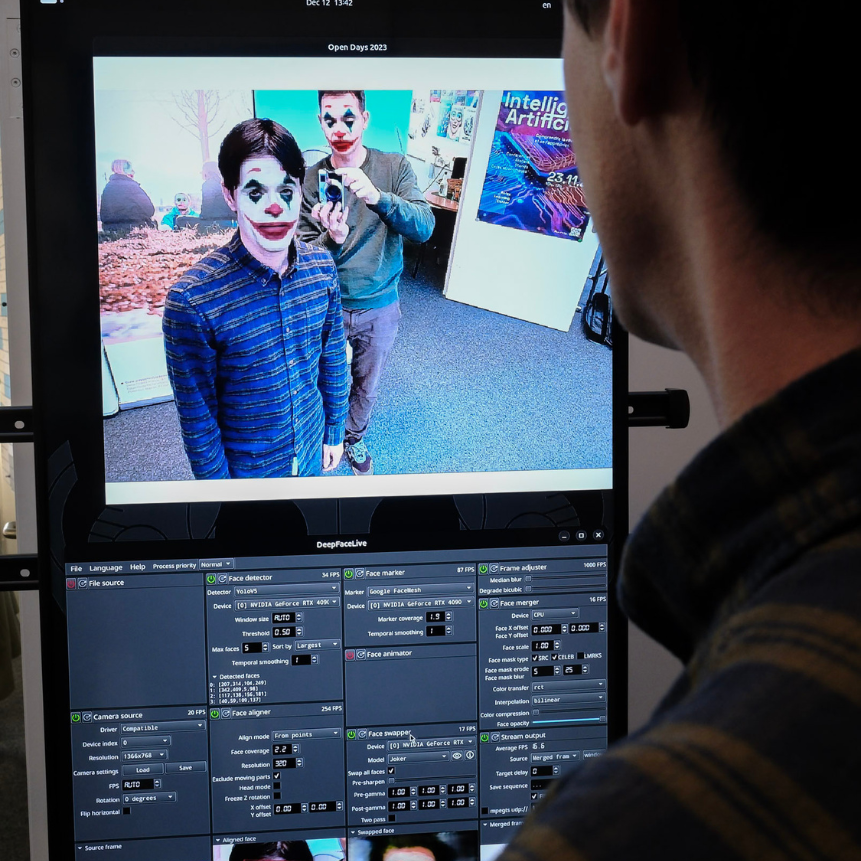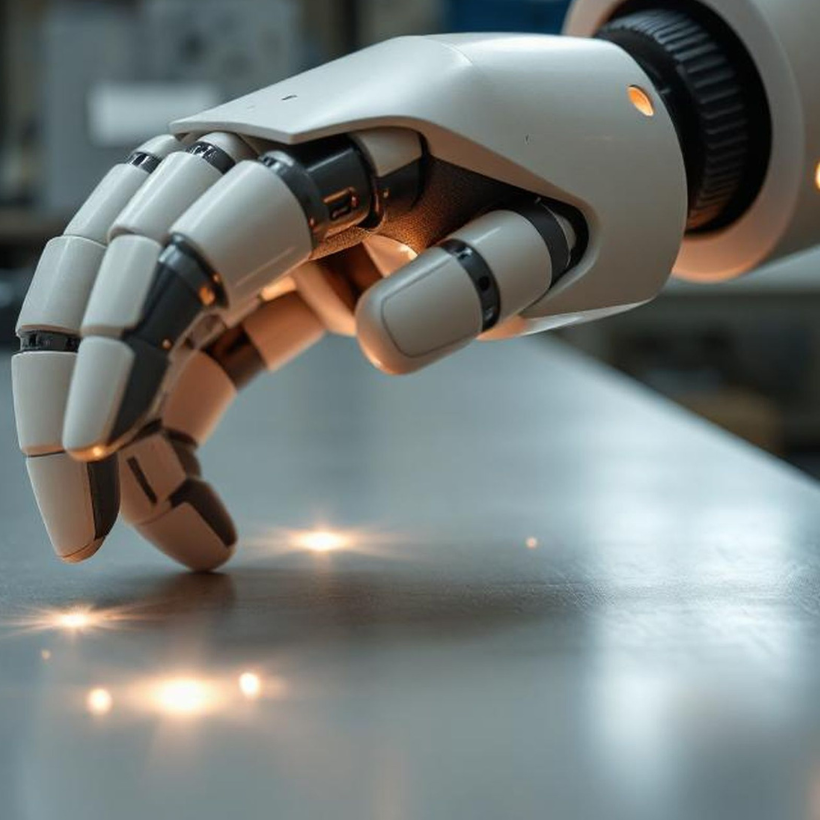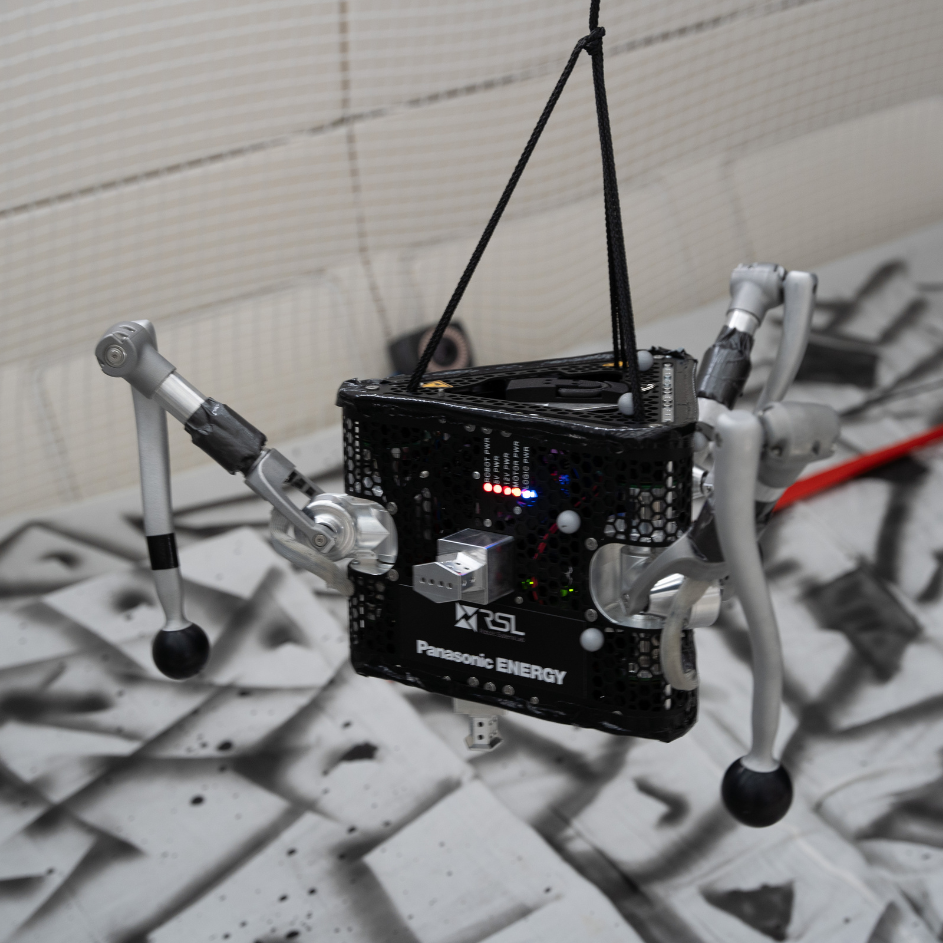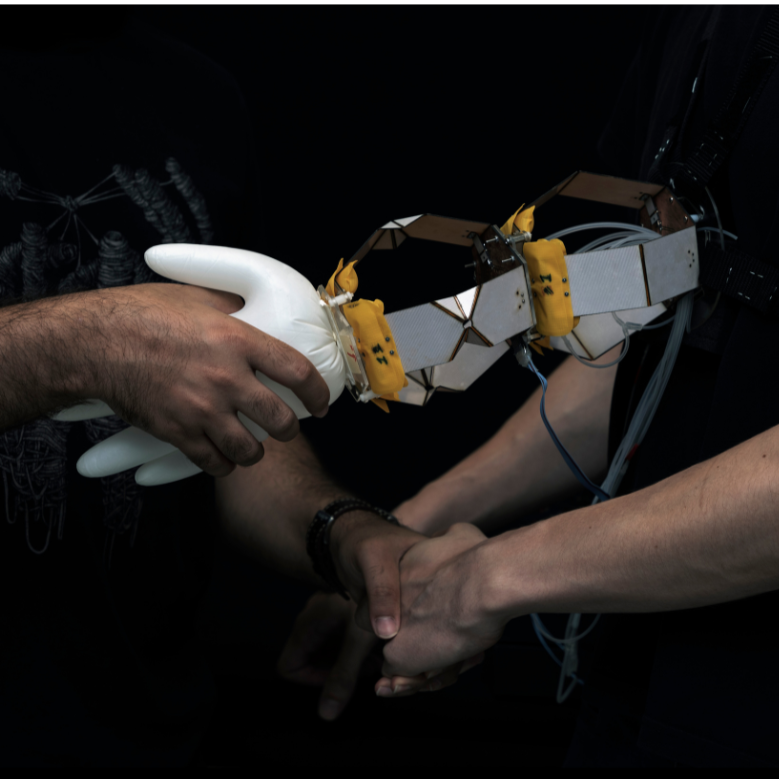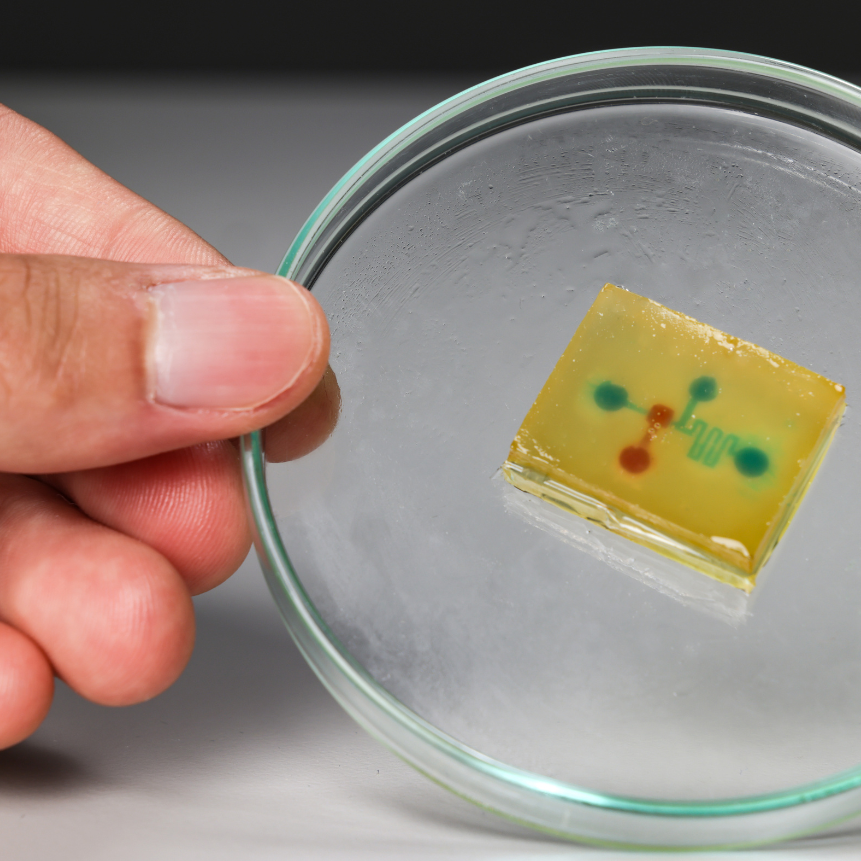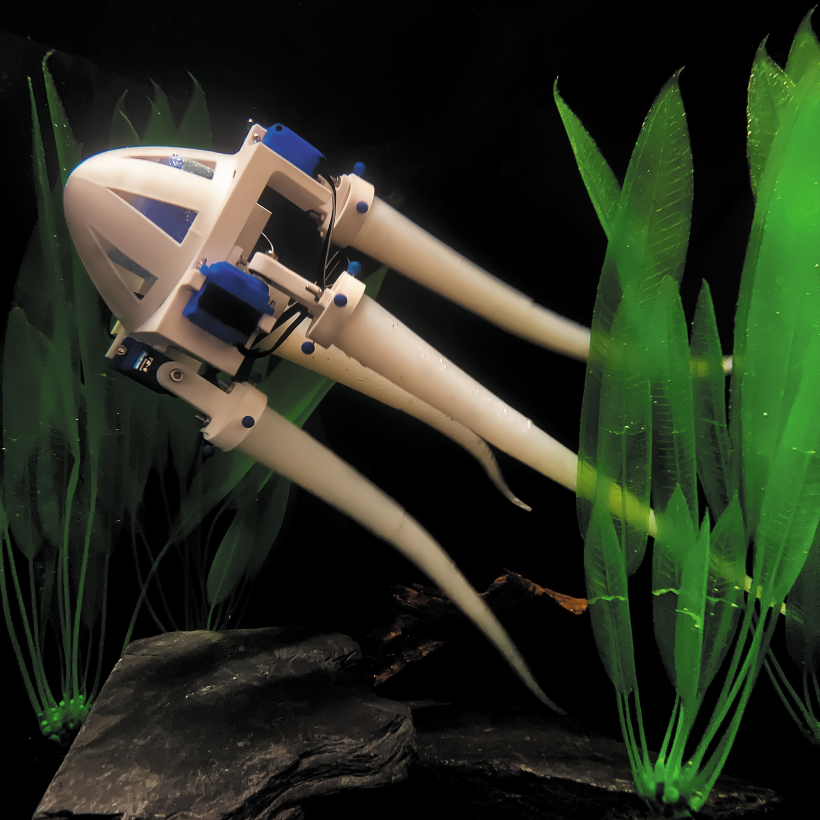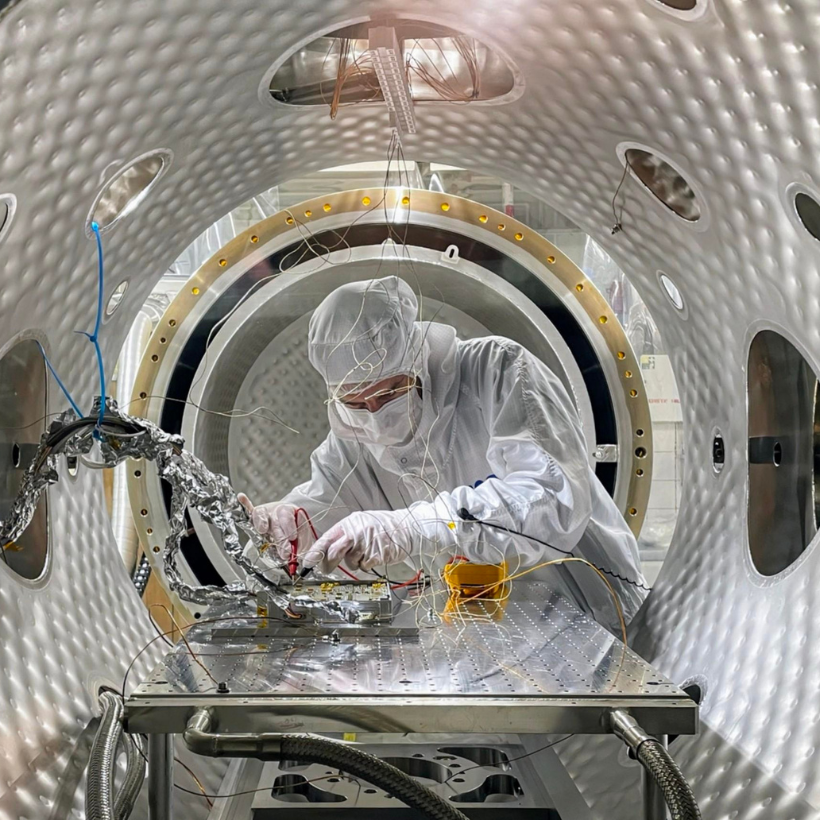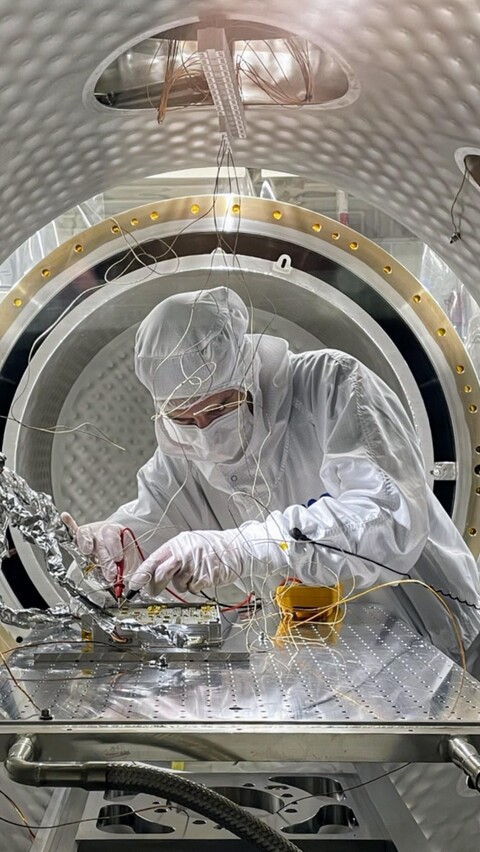
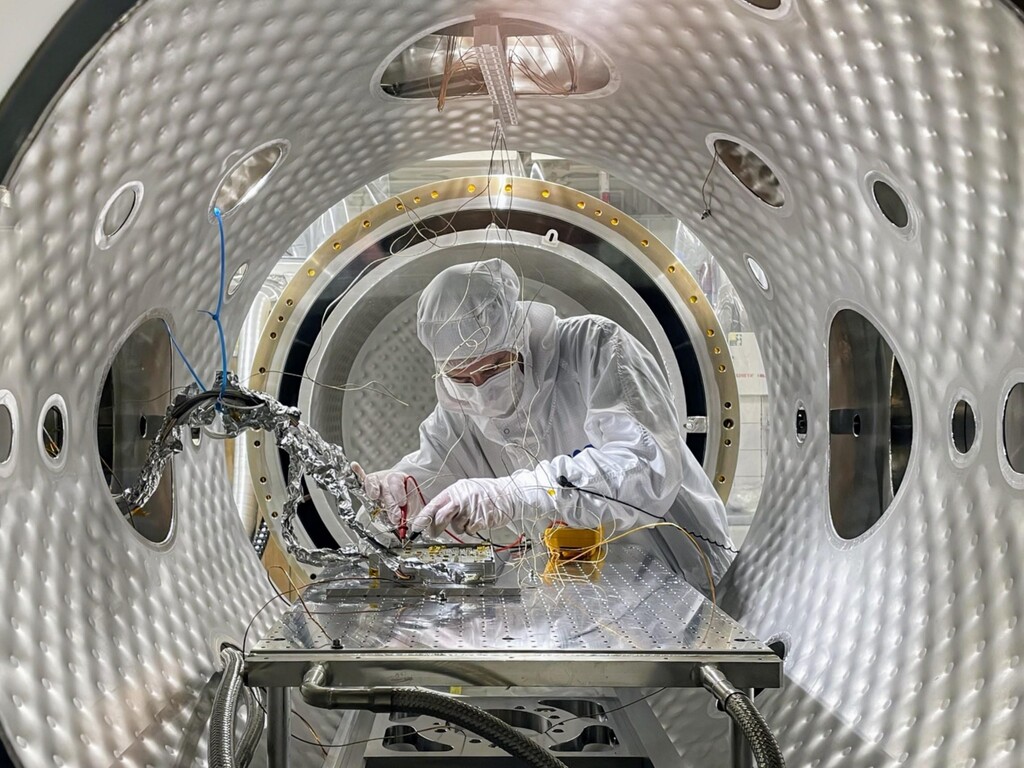
From Heidi to high-tech
The first of a three-part showcase of Swiss collaborative innovation
The Swiss pavilion will take visitors on an immersive and interactive journey through collaborative innovation. Twenty years after the country’s impactful participation in Aichi, the same commissioner general will inaugurate a fresh and dynamic programme under the title From Heidi to High-Tech. This narrative reflects Switzerland’s evolution from its iconic Alpine heritage to a globally recognised hub of cutting-edge technology and innovation. Beloved by generations in Japan, the timeless figure of Heidi* will serve as the pavilion’s official mascot, embodying the spirit of friendship between the two nations. The Swiss Pavilion presents a unique opportunity to deepen the already strong bilateral ties, particularly as Japan stands as Switzerland’s most significant partner in Asia for science and technology. This collaboration aims to inspire new exchanges with a forward-looking perspective.
In the spirit of enduring friendship between Switzerland and Japan, Myaku-Myaku, the official mascot of the Expo, embarked on a winter holiday to Switzerland to meet Heidi, the Swiss Pavilion’s mascot, for the first time. Together, they explored the snowy wonderlands of Grindelwald and ascended to the Top of Europe, Jungfraujoch.
Their journey wouldn’t have been complete without a stop in the UNESCO-listed Lavaux vineyards, where they raised a toast to the upcoming debut of the Swiss Pavilion at the Expo. Visitors will soon be able to enjoy this very same wine at the Heidi Café, alongside a selection of Swiss and regional dishes subtly infused with Japanese flavors, offering a unique fusion dining experience.
Both mascots are already looking forward to their next meeting in Japan!
The exhibitors: Swiss innovation across three chapters
Switzerland will showcase over 25 cutting-edge projects from Swiss universities, research institutes, start-ups, and businesses at the Pavilion’s third sphere and the Swissnex in Japan exhibition space, located in Osaka’s city center. Produced by Presence Switzerland, the Pavilion aims to elevate the visibility of Swiss innovation on a global stage, fostering engagement with diverse audiences.Following a highly successful call for projects that garnered over 200 submissions, the Swiss team has curated an exhibition that highlights Switzerland’s pivotal role in tackling global challenges and strengthening international dialogue.The first chapter, Augmented Human, introduces a selection of groundbreaking projects, which are presented below. Future chapters, Life and Planet, will unveil additional innovations as the exhibition progresses. From April 13 to June 10, visitors will explore pioneering advancements in Swiss research and innovation, envisioning a future where technology enhances humanity.The showcased projects span a wide range of fields, including space and food technologies, and feature remarkable creations such as wearable, ingestible, and extensible robots, along with an interactive mirror that offers a unique reflection of oneself—just to name a few.
Deepfakes Mirror
Trust in the digital world is hampered by advanced technologies and the line between truth and falsehood is hard to draw. AI is bringing these technologies to another level. Deep fakes can be fun, such as in this demonstration. But they are becoming so realistic and easy to produce that they play a role in elections, conflicts and complex situations. We, at EPFL, create deepfakes to alert the audience. We work on technological means to counter them such as technological detection,watermarking and other techniques.
Inveel GmbH
Inveel specializes in the development of high-resolution sensory skins that provide robots with a sense of touch. They have innovated a groundbreaking technology that integrates nanometer-precise sensors on large-area artificial skins, enhancing tactile perception for versatile and precise robotic interactions. The pioneering technology enables precise sensor printing on flexible materials, emulating lifelike skin, and offering the capability to detect object presence, positions within the hand, and applied forces during grasping. This innovation leads to sensor-rich, flexible robotic hands, allowing fine motor control, hence revolutionizing robotics.
Legged Robots for Space
ETH Zurich is one of the world’s leading universities for science and technology. With expertise in both mobile robotics and space science, ETH is well positioned to revolutionise the future of space robotics. ETH’s Robotic Systems Lab, the Institute of Geophysics, and ETH Space are collaborating to develop advanced legged robots capable of navigating challenging terrains on other planetary bodies. The exhibition will show two of the team’s flagship projects: Space Hopper and Lunar Leaper. Space Hopper is a three-legged robot designed for low-gravity locomotion; the robot can hop and control its attitude to move on low-gravity bodies like asteroids. Lunar Leaper is a proposed robot designed to walk on the Moon. Its task will be to investigate lunar lava caves with advanced scientific instruments to learn about the history of the caves and to identify potential sites for a future lunar base.
Reconfigurable Robotics Lab
At the Reconfigurable Robotics Lab, EPFL (the Swiss Federal Institute of Technology in Lausanne), we focus on the design, actuation, fabrication, and control of unique robotic systems. The research in our lab is committed to inventing interactive robotic systems with novel fabrication techniques and integration processes that push the limits of mechanical properties. These efforts enable us to create soft, reconfigurable, and interactive robots that are highly conscious of the environment and have extensive applications in wearable technology, medical/rehabilitation systems, and personal robots.
RoboFood
By combining food science and robotic science in a radically new way, the RoboFood project creates, for the first time, robots that can be eaten and foods that behave like robots. Such edible robots could deliver lifesaving nutrition to humans in emergency situations; they could supply vaccines and supplements to endangered animal species; robotic food with edible actuators and electronics, on the other hand, could tell us when it is well preserved and safe to eat; it could protect itself from excessive heat or humidity during storage; it could facilitate swallowing for neurologic patients, and interact with humans and animals in entirely new ways to address dietary goals or influence eating habits. These goals require interdisciplinary investigation into the principles of robotics and food science, which have very different and contrasting properties. Traditional robots are inorganic systems that perceive the environment and perform actions. Food instead is mostly organic material that can be digested and metabolized to support life. We use soft robotic principles and advanced food processing methods to establish a common ground, and pave the way towards a new design space for edible robots and robotic food, which can in turn provide novel functionalities and services for human and animal health, society, and the environment.
Soft Robots for the Wild
Nana Obayashi, Max Polzin, and Kai Junge are PhD students at EPFL, working with Prof. Josie Hughes in the CREATE Lab, which focuses on developing robots designed for deployment in the wild and complex, unstructured environments. Nana specializes in developing bio-inspired robots that are robust and efficient in fluid environments by leveraging soft body-fluid interactions. With a background in aerospace engineering and recognition as an Amelia Earhart Fellow, she offers a distinctive interdisciplinary perspective to advancing robotics. Max designs innovative and versatile robots tailored for extreme environments, including boreal forests, mountainous slopes, and polar glaciers. A National Geographic Explorer, he excels in software development and the deployment of robotic systems for challenging conditions. Kai focuses on the design and control of both soft and rigid robots, with expertise in robotic dexterous manipulation. As a co-founder of Helix Robotics, he is dedicated to creating robots capable of safely and effectively working alongside humans in diverse environments.
The scent of space
The University of Bern has been a leader in space exploration since the NASA Apollo11 mission, continuously innovating with cutting-edge instruments. On display are models of Bernese mass spectrometers for two joint ESA-JAXA missions: JUICE to Jupiter’s icy moons and Comet Intercept or visiting a pristine comet. If a spacecraft’s camera is its eye, then the mass spectrometer is its nose. Mass spectrometers“sniff out” the atoms and molecules surrounding comets, moons, and planets in our Solar System. The ice-covered moons of Jupiter may harbor life-friendly oceans, while comets are like deep-frozen time capsules, offering a glimpse into the early Solar System.The visitors of the Swiss Pavilion will experience the ‘scent’ of a comet, recreated from the measurements of the Bernese mass spectrometer ROSINA that flew to comet Churyumov-Gerasimenko.
